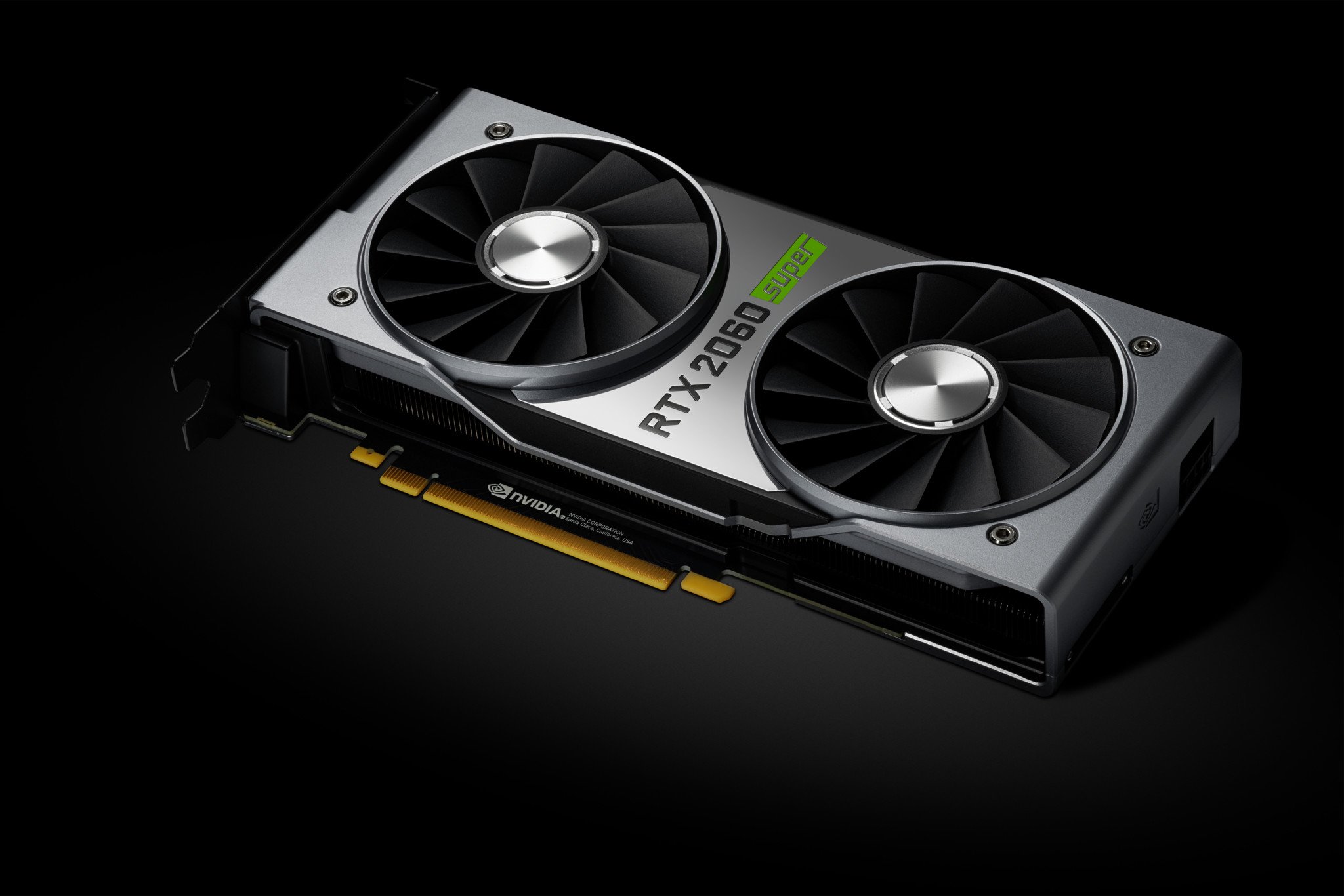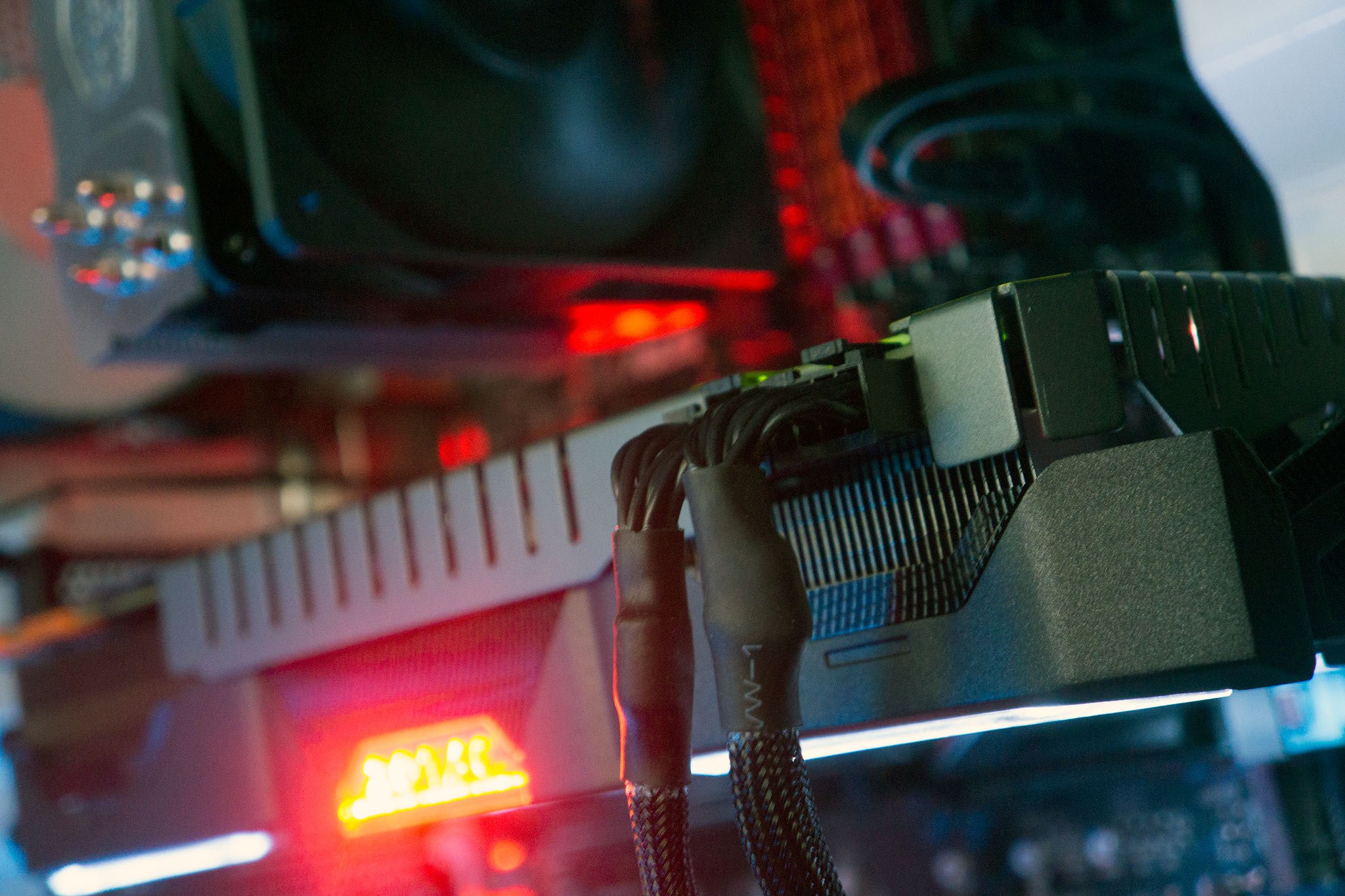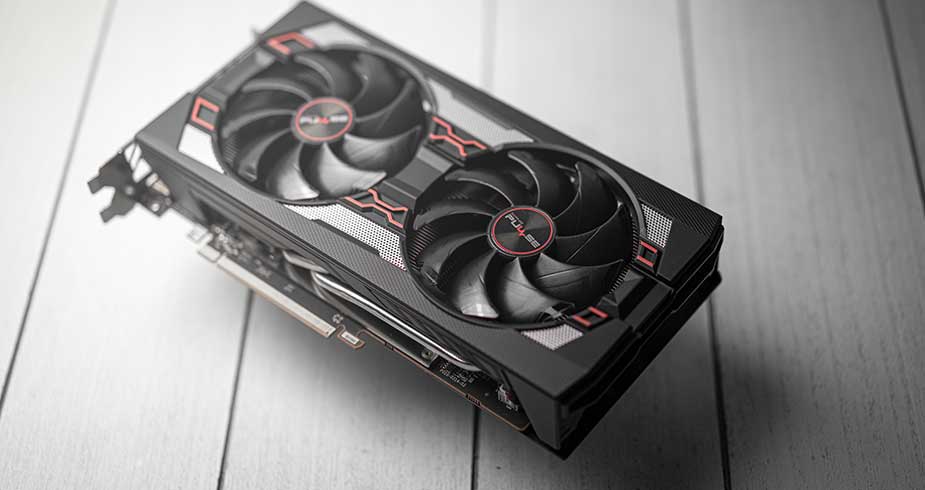
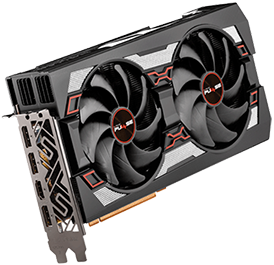
Raw Performance
AMD's Radeon RX 5700 XT doesn't offer the same ray tracing or DLSS 2.0 as NVIDIA's RTX cards, but it costs less and delivers better raw performance in most games. If you want an excellent card for high-end 1080p or 1440p gaming, this is it.
Pros
- Tons of performance
- Excellent price
- Works for high-end 1080p and 1440p gaming
- 8GB of GDDR6 VRAM
- Boost clock up to 1,925MHz
Cons
- No ray tracing or DLSS 2.0
- Higher TDP
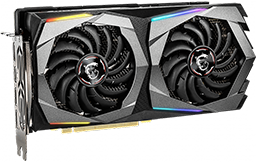
Ray Tracing and DLSS 2.0
The NVIDIA RTX 2060 Super brings ray tracing and DLSS 2.0 tech along with a lower TDP. However, it costs more than the AMD RX 5700 XT and won't deliver as much raw performance. It's still a solid card for 1080p or 1440p gaming.
Pros
- Ray tracing and DLSS 2.0
- Works well for 1080p and 1440p gaming
- 8GB of GDDR6 VRAM
- Boost clock up to 1,695MHz
- Lower TDP
Cons
- Costs more than the RX 5700 XT
- Ray tracing isn't entirely necessary
AMD Radeon RX 5700 XT vs. NVIDIA RTX 2060 Super tech specs
Both of these GPUs take a spot in our picks for best graphics card available now, but they have some significant differences. Here are some raw specs that pertain to our picks for the RX 5700 XT and RTX 2060 Super.
| Category | Sapphire Pulse RX 5700 XT | MSI Gaming X RTX 2060 Super |
|---|---|---|
| Process | 7nm | 12nm |
| Boost clock | 1,925MHz | 1,695MHz |
| VRAM | 8GB GDDR6 | 8GB GDDR6 |
| Memory bus | 256-bit | 256-bit |
| Memory bandwidth | 448GB/s | 448GB/s |
| Power | 241W | 175W |
| Ray tracing | No | Yes |
How do these GPU's features compare?
NVIDIA's card, like all 20-series GPUs, offers ray tracing and deep learning super sampling (DLSS) 2.0. Ray tracing eschews traditional lighting techniques using polygons and rasterization and instead simulates and traces light in a much more natural way. However, enabling ray tracing takes a lot more power, and most games where it's an option will see a significant drop in frames-per-second (FPS). It's more commonly used in higher-end RTX cards, and a lot of people simply don't bother with it in the lower-end hardware like the RTX 2060 Super. It's also still not available in all games, so spending the extra money solely for ray tracing might be a mistake.
DLSS, now updated to 2.0, is essentially an advanced anti-aliasing technology, which uses AI learning to super-sample future frames. The anti-aliased frames are fed back to the AI, which ups pixel count and, ultimately, resolution. The algorithm that determines what needs to be addressed in-game becomes more efficient, and you should see a slight bump in performance. However, like ray tracing, DLSS 2.0 isn't supported everywhere and doesn't work the same in all supported titles.
AMD's RX 5700 XT does bring tech like Radeon Anti-Lag and Image Sharpening to the table. Radeon Anti-Lag is intended for esports, where input lag can be a killer. Image Sharpening does exactly what it sounds like; it sharpens frames without a noticeable impact on performance. It does make a noticeable difference, but it's not available in all games. And if you're in search of ray tracing and DLSS 2.0, you'll have to turn to NVIDIA.
Both cards have their own brand of variable refresh rate tech that pairs up with certain PC gaming monitors. AMD has its FreeSync 2 tech for the RX 5700 XT, while NVIDIA has G-Sync for its RTX 2060 Super. These monitors are often interchangeable, and you can check out a bunch of great options in our roundup of the best "G-Sync compatible" FreeSync monitors. Paired up with one of our picks for best motherboards, the RX 5700 XT will be able to take advantage of the latest PCIe 4.0 standard.
How big is the difference in performance?
Despite coming in at a lower price, the AMD RX 5700 XT is going to deliver better raw performance than the RTX 2060 Super in most scenarios. In terms of synthetic benchmarks, you can expect a 3DMark Fire Strike score around 21,000 for the RTX 2060 Super, while the RX 5700 XT should hit somewhere around 25,000. As for the 3DMark Time Spy test, you can expect a score of around 10,000 for the RTX 2060 Super, while the RX 5700 XT should be closer to about 16,000. These numbers are bound to change depending on your gaming rig, but this gives you an idea of performance levels.
Expect between 5% and 10% better performance in most games from the AMD RX 5700 XT.
In terms of actual gaming performance, both GPUs will be able to handle high framerates on Ultra settings at 1080p. Even jumping up to 1440p, you should still be able to enjoy a stellar gaming experience with Ultra settings.
All the latest news, reviews, and guides for Windows and Xbox diehards.
Depending on the other hardware in your gaming PC, the RX 5700 XT should deliver between about 5% and 10% better raw performance in most PC games today. This does come at the cost of a higher power draw on the side of the RX 5700 XT. It's rated for 241W, and AMD recommends a 650W power supply unit (PSU), while the RTX 2060 Super is rated at 175W and recommended 550W PSU. Power consumption will change, but overall you should expect the AMD card to suck up more power and create more heat in the process.
Ultimately, if you aren't too keen on ray tracing or DLSS 2.0 and don't mind the slightly higher power draw, the RX 5700 XT is going to land you better performance at a cheaper price. And that's a combination that's tough to beat.
Go with the AMD RX 5700 XT for better raw performance
It might not offer ray tracing and DLSS 2.0, but AMD's RX 5700 XT is a solid performer available at a lower price than the RTX 2060 Super.
The RTX 2060 Super brings ray tracing and DLSS 2.0
These features are limited to certain games, but the RTX 2060 Super does offer ray tracing and DLSS 2.0 support. You're going to pay a premium and ultimately get less raw performance, but this is still an excellent mid-range card for anyone interested in 1080p or 1440p gaming.

Extra features at an added price
The NVIDIA RTX 2060 Super makes an excellent card for 1080p and 1440p gaming with the bonus of ray tracing and DLSS 2.0. However, it does cost more than the RX 5700 XT and won't deliver the same raw gaming performance in most titles.

Cale Hunt brings to Windows Central more than nine years of experience writing about laptops, PCs, accessories, games, and beyond. If it runs Windows or in some way complements the hardware, there’s a good chance he knows about it, has written about it, or is already busy testing it.
